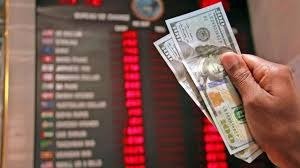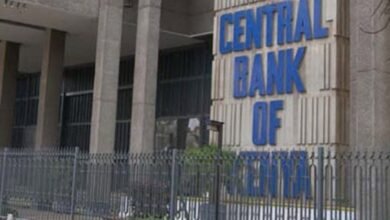
The Kenya Shilling has strengthened against the US Dollar, rebounding from a 1% decline last Friday.
Data from the Central Bank of Kenya (CBK) shows the exchange rate stood at 143.8 units per dollar on Monday.
This is against 144 units at the end of the previous week—a modest 0.1% increase in value.
The local currency has exhibited volatility relative to the greenback since Kenya’s re-entry into the international credit markets.
Such fluctuations in the exchange rate over a short period are indicative of currency pair volatility.
If the US Dollar continues to fluctuate significantly against the Kenya Shilling, it would be classified as currency pair volatility.
What Causes Currency Volatility?
Inflation
Inflation and demand through buying and selling are among key factors which affect currency volatility.
Shortages of fuel, labour, or raw materials can cause production to slow down.
It means that prices for goods and services are likely to rise for consumers. This is known as Cost-pull inflation.
Demand
When a particular currency comes into high demand among traders, there is less of that currency in circulation as traders purchase it en-masse.
Also Read: Kenya Shilling Ends Week 1% Down Against US Dollar
When forex traders buy a currency at high enough rates, it can have an impact on those hoping to borrow money in that country.
Interest rates of loans and mortgages may rise for local people, due to the value of the currency being driven up by trading.
Although the currency itself is stronger on the global forex market, higher exchange rates can also affect the local population.
How Central Bank Steps In
In this case, the Central Bank intervenes to smooth out volatility when there is no preferred level for the currency.
On February 15 the shilling was up almost 8% when it bid as strong as 139 units to the dollar.
This was fuelled by foreign inflows into domestic debt and the resolution of a $2 billion Eurobond maturing in June.
CBK intervened and the shilling gave back some gains to bid at 141.
“The Central Bank showed up to buy, so I think they don’t want too much volatility.
If they hadn’t come in we would probably be looking at levels of maybe 130 because everybody knows offshore inflows are coming,” said one trader who spoke to Reuters.
“That is a strong signal that they want the currency to stabilise. It has to be gradual.”






Since the admin of this web page is working, no doubt very shortly it will be famous, due to its
quality contents.
My programmer is trying to convince me to move to .net from
PHP. I have always disliked the idea because of the expenses.
But he’s tryiong none the less. I’ve been using WordPress on numerous websites for about a year and am nervous about switching to another platform.
I have heard excellent things about blogengine.net.
Is there a way I can import all my wordpress posts into it?
Any kind of help would be greatly appreciated!